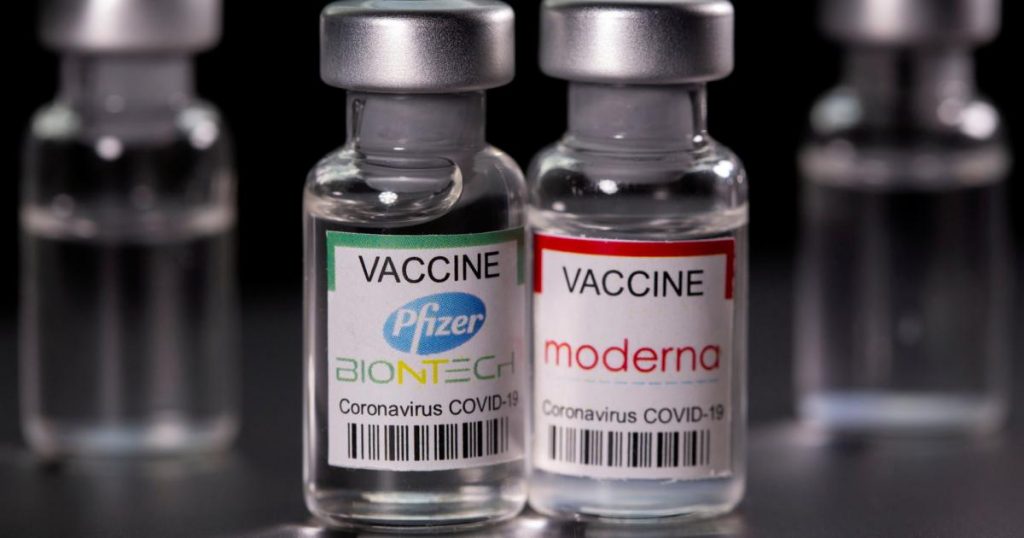Vaccination reactions such as pain in the upper arm, headache, or fatigue are normal and temporary. A monitoring platform from the US Center for Disease Control and Prevention (CDC) has now made it possible to analyze millions of people who have been vaccinated in the United States.
Pain at the injection site often occurs after the first and second vaccinations with each mRNA vaccine. Systemic reactions such as fatigue, headache, muscle aches, chills, fever, and joint pain have been reported frequently after the second dose of the vaccine with both vaccines, and often less significantly in people 65 years of age and over.
Up to 12 months after vaccination, people in the United States can use the platform to log in if they have had any reactions, and if so, what those interactions were. The current report only collects data on mRNA vaccines from Biontech / Pfizer and Moderna. A total of 3.6 million vaccinated people reported their condition after the first dose. 1.9 million people have also been reported after the second dose of the vaccine.
The reaction is stronger after the second dose
Most of the participants reported either a localized injection site reaction or a systemic reaction in the first week after vaccination. The most common reactions after the first dose were injection site pain (67.8%), fatigue (30.9%), headache (25.9%), and muscle pain (19.4%).
In both vaccines the reactions were stronger after the second dose, especially fatigue (53.9%), headache (46.7%), muscle pain (44.0%), chills (31.3%), fever (29, 5%) and joint pain (25.6%). . More people have reported similar reactions to the Moderna vaccine compared to the Pfizer vaccine. The difference was especially pronounced after the second dose.
age difference
Age played a role, too. Local and systemic reactions have been reported less frequently in subjects aged 65 and over than in younger subjects. However, both age groups reported more vaccine reactions after the second dose compared to the first vaccination. In all cases, vaccination reactions occurred mostly on the first day after vaccination and were reported less frequently until the seventh day.
The frequency of reported vaccine reactions was consistent with data from clinical studies.

“Food practitioner. Bacon guru. Infuriatingly humble zombie enthusiast. Total student.”







More Stories
KaDeWe stops selling meat and sausages
Another earthquake near the giant Naples volcano
Trump wants to block Harris' access to donations